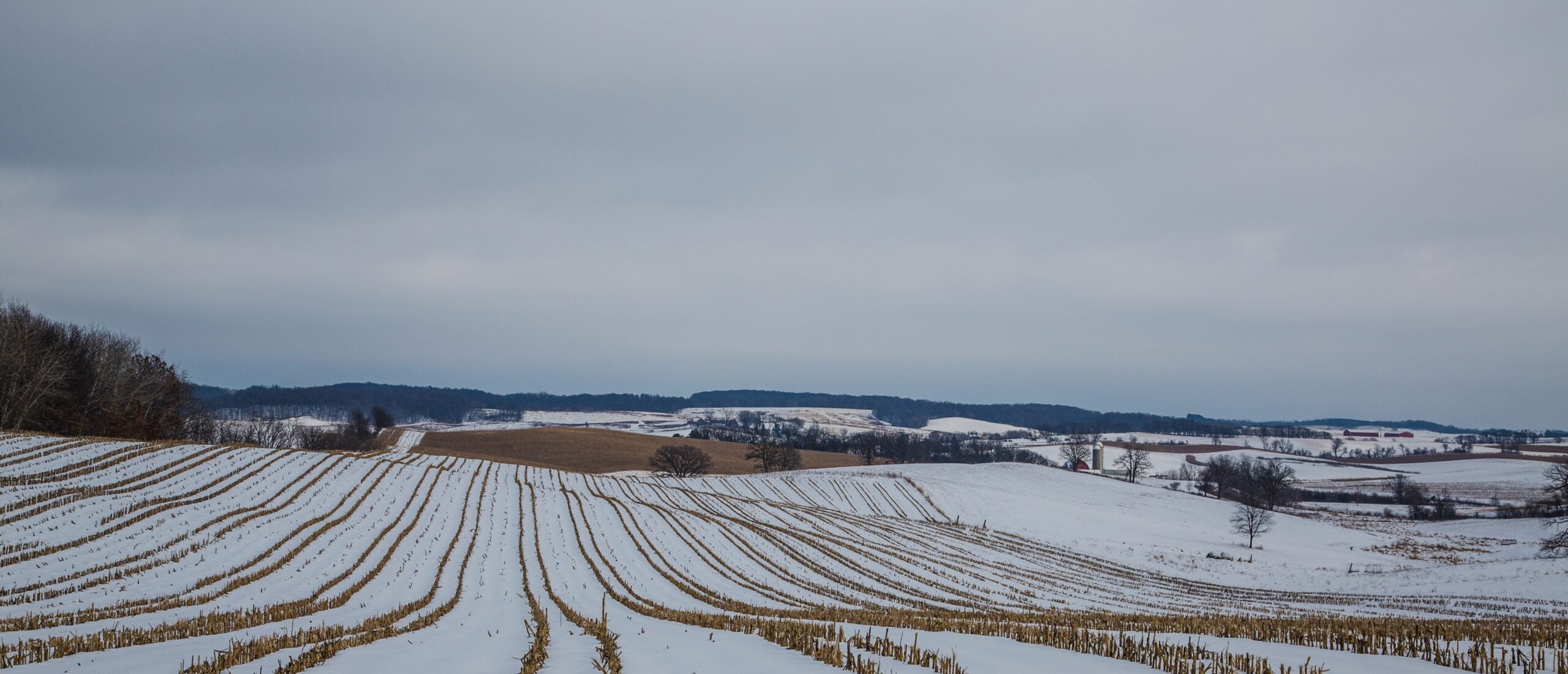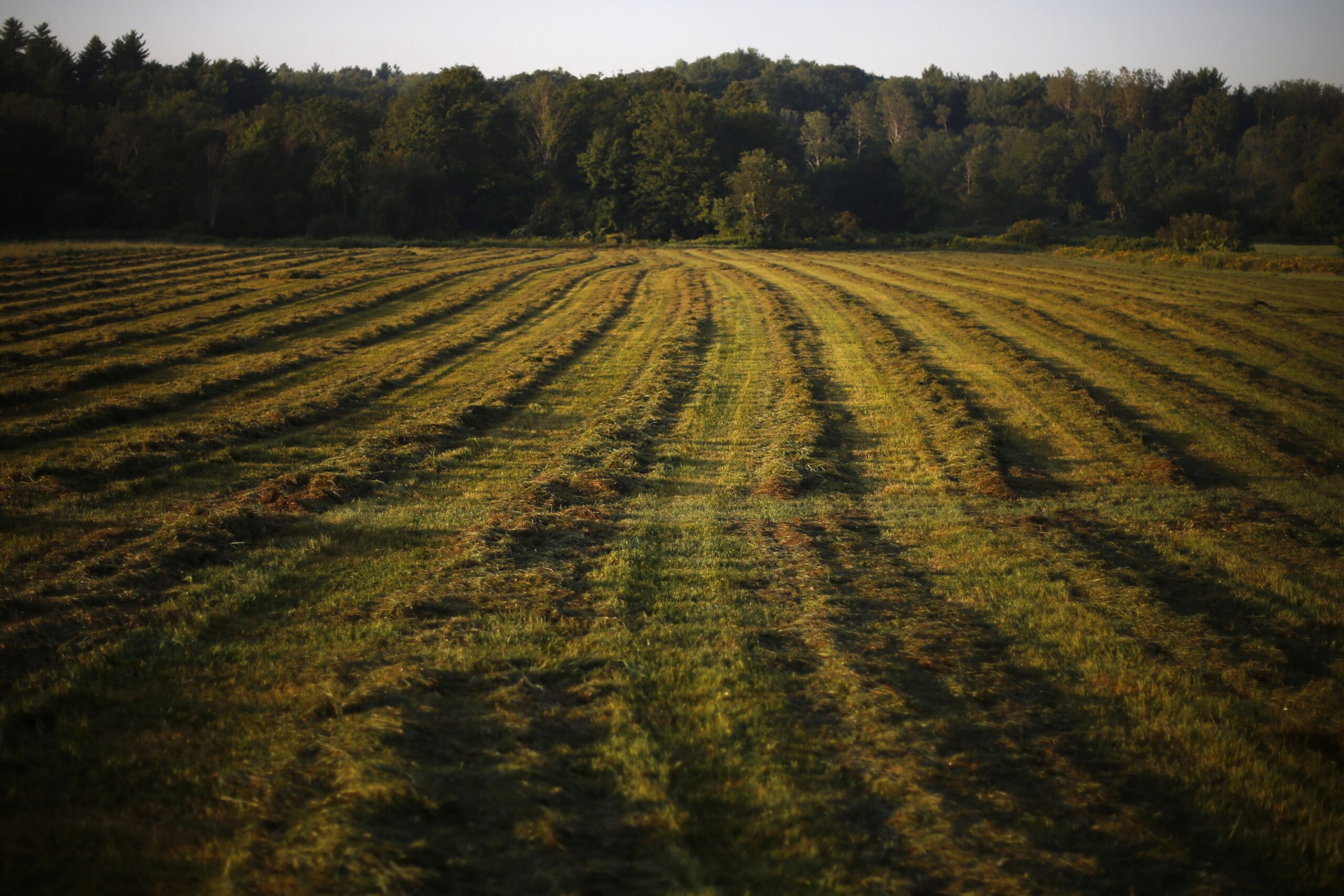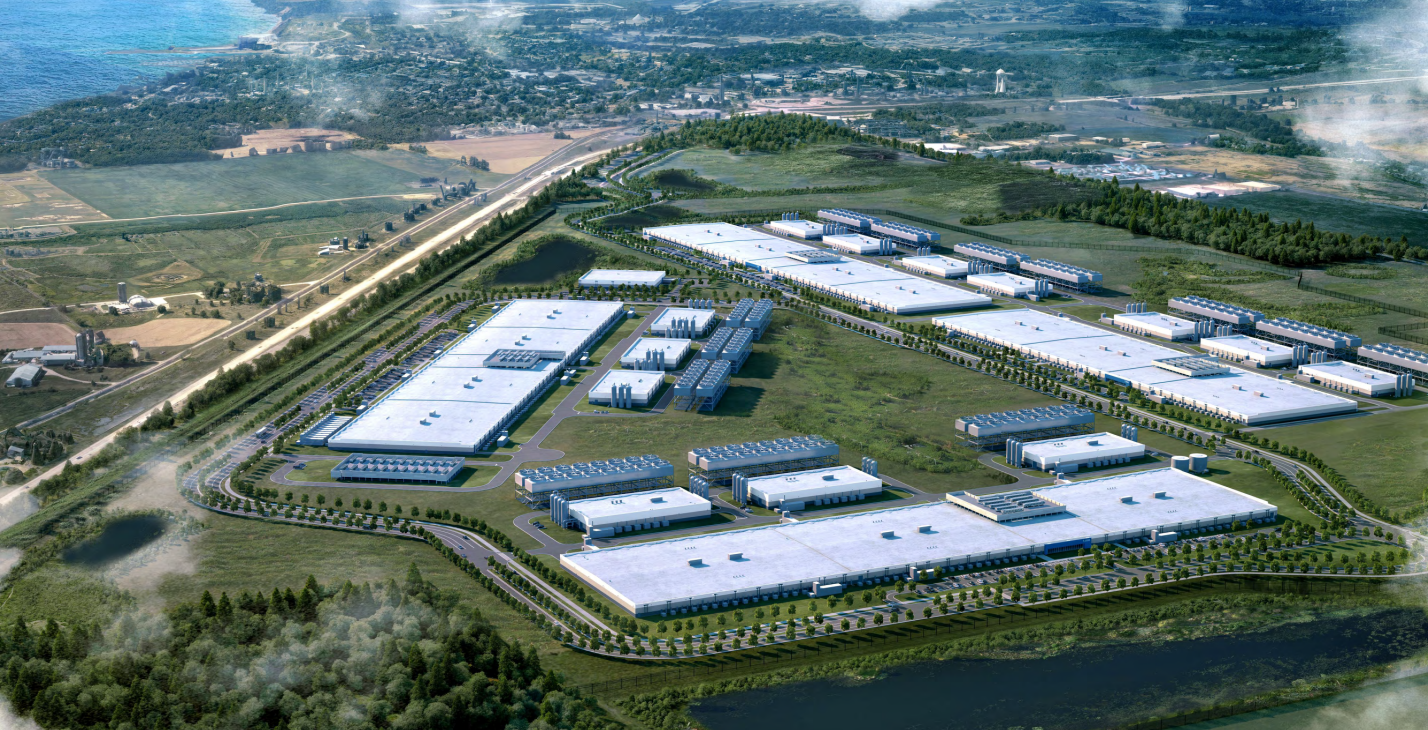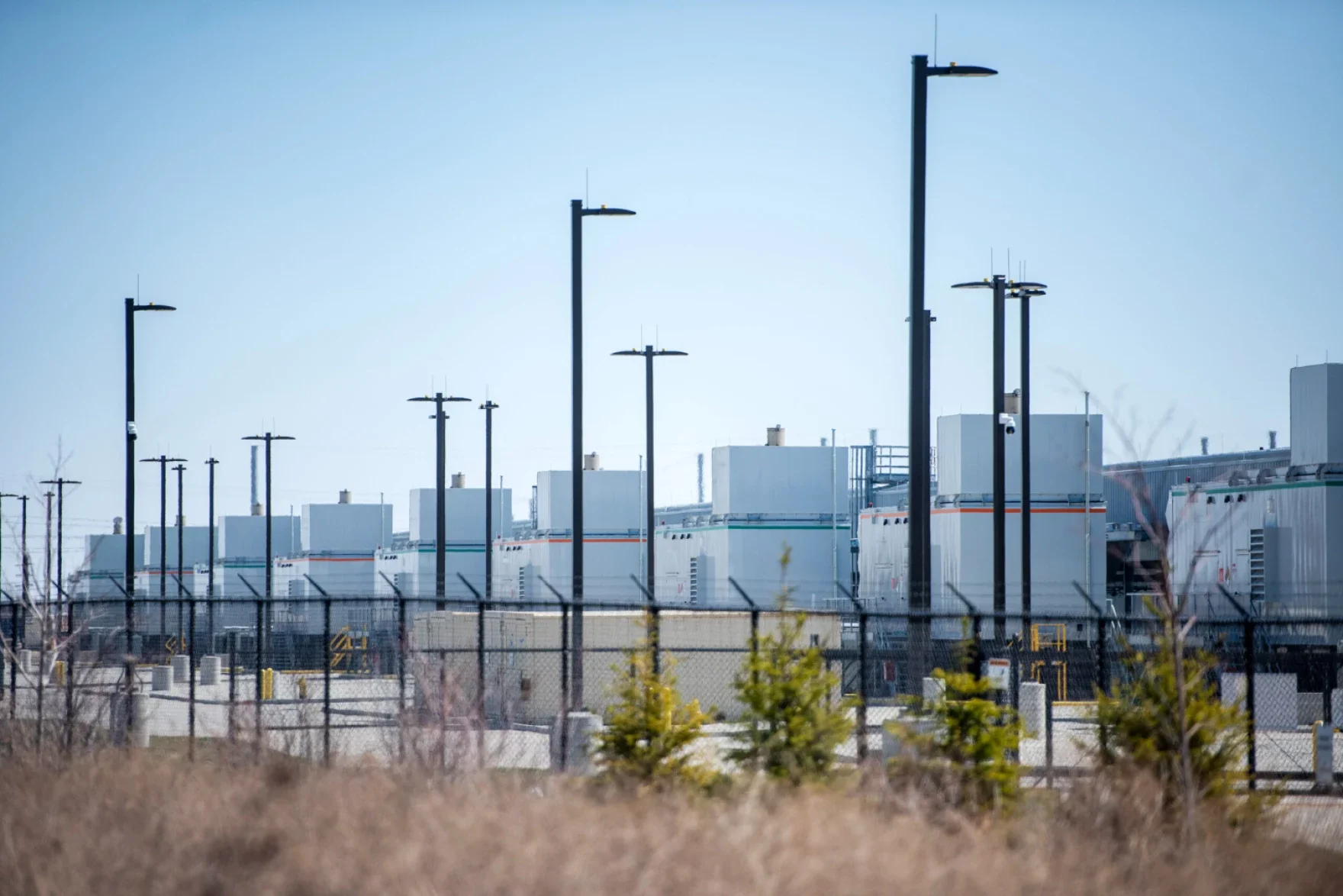Like most states, Wisconsin treats farmland differently when it comes to property taxes.
State law says that agricultural land is assessed “according to the income that could be generated from its rental for agricultural use.”
But a new report from the Wisconsin Policy Forum found the way farmers’ property tax bills are assessed is lower than if they were based on income alone.
News with a little more humanity
WPR’s “Wisconsin Today” newsletter keeps you connected to the state you love without feeling overwhelmed. No paywall. No agenda. No corporate filter.
The switch to assessing property taxes based on land use was driven by the farm crisis of the 1980s, when farms across the country were facing foreclosure due to low incomes and high interest rates.
Tyler Byrnes, researcher for the Wisconsin Policy Forum, said the original formula, first used in 2000, took into account the five-year average price of corn and different factors related to production costs. But this system was suspended after only a few years, when depressed corn prices caused the formula to produce negative property tax bills in 2004.
“I think it’s fair to say that it didn’t really do what it was supposed to do because it ended up with this strange outcome almost immediately,” Byrnes said.
By 2006, state officials modified the formula to limit the annual change in assessed farmland values to the annual change in statewide equalized values for all other types of property.
The policy forum’s report found this modification has held down the assessed value of farmland over the last two decades. As the sale price of land has skyrocketed in recent years, the total value of the tax benefit is now the highest on record after adjusting for inflation.
In 2023, the average market value for an acre of Wisconsin cropland was $6,710, according to data from the U.S. Department of Agriculture.
By comparison, an acre of cropland was assessed at $242 on average across the state using the state Department of Revenue’s Use Value Guidelines.
Looking at the last six years, the policy forum report found the assessed values have remained consistently lower than if they weren’t limited to the change in other property values.
The land use value would have been $933 for 2023 if it was just based on the net farm income formula, almost four times what was actually assessed.
Byrnes said going back to the income-based formula would be detrimental to farmers, especially given the swings in production expenses and crop prices experienced in recent years. But he said it’s worth pointing out that a tax assessment intended to be linked to farm income no longer appears to be.
“Not that we’re advocating a big change or anything, but that is something worth a little bit of attention by policymakers,” he said.
The report found that low property tax rates for farms can also impact other types of taxpayers within a county or local school district. Assessed property values are used to calculate how much of a local levy each taxpayer will contribute. Byrnes said if farms are paying less, that means other types of property owners have to make up the difference.
But some Wisconsin farm advocates say the tax benefit created by the use value system is working the way it was intended to.
Jason Mugnaini, executive director of government relations for the Wisconsin Farm Bureau, said the program was created to keep land affordable for farms.
“If it was taxed like any other property, you would have a tax bill that exceeded your total revenues in a given year,” he said.
Mugnaini pointed out that Wisconsin’s farm property taxes are similar or slightly higher than other Midwest states, a finding that was also highlighted in the policy forum’s report.
He said raising property taxes for farmers would likely mean higher food costs for consumers, and could even lead to fewer farm businesses and residents paying local taxes in the communities.
Wisconsin Public Radio, © Copyright 2026, Board of Regents of the University of Wisconsin System and Wisconsin Educational Communications Board.





